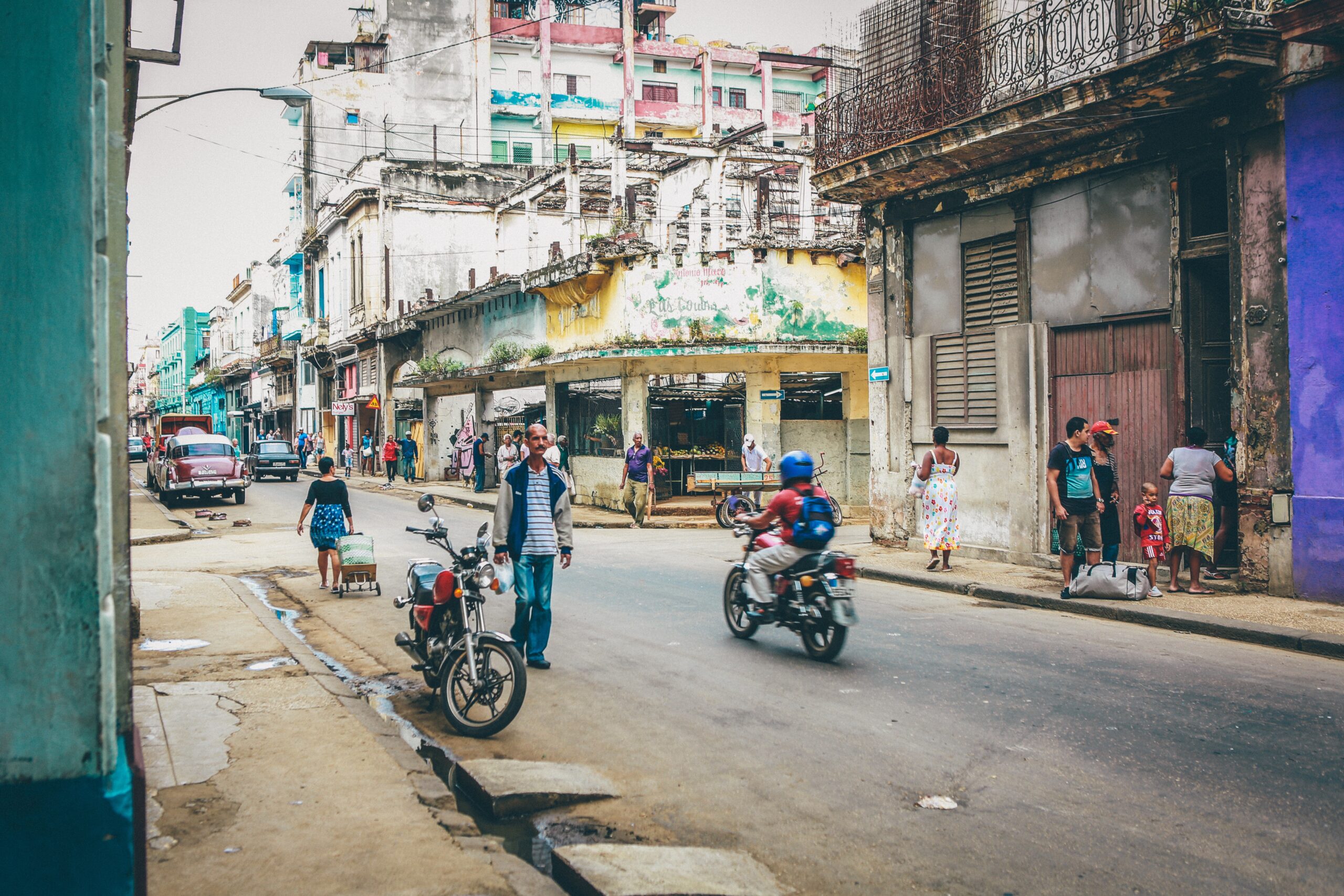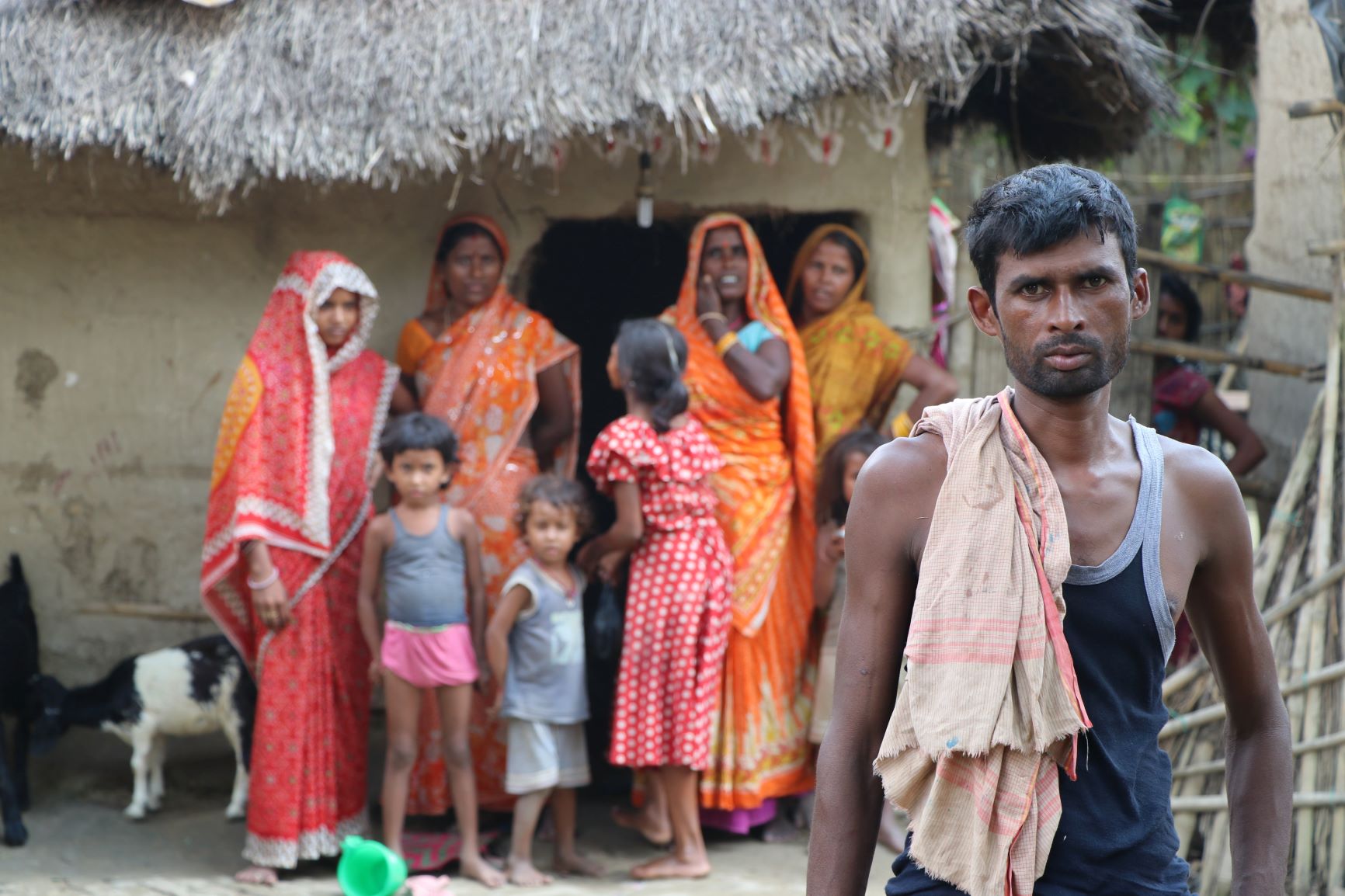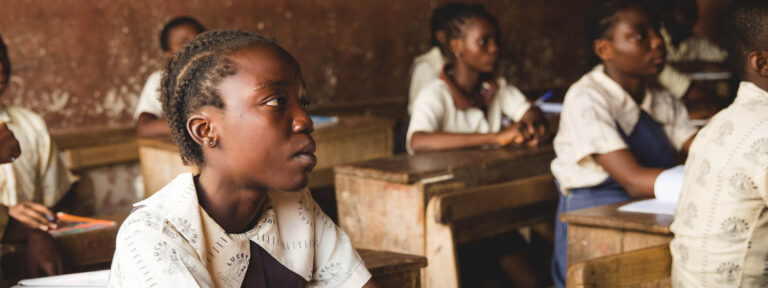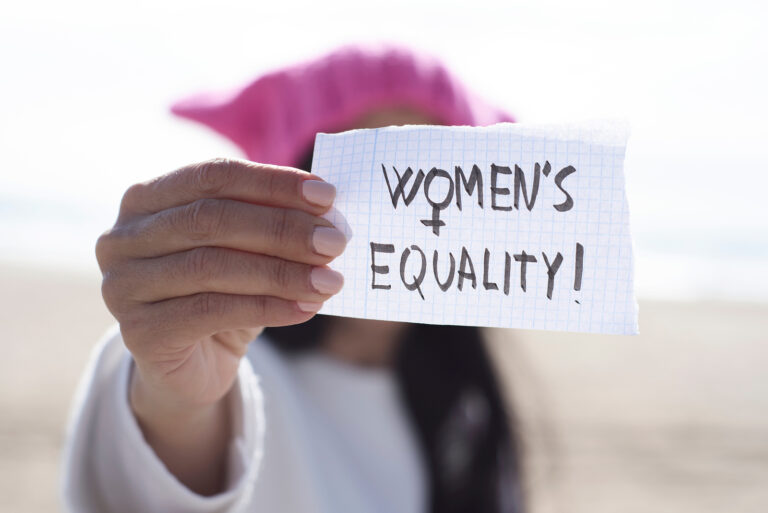
Millions of women have no say over what happens to their bodies
Almost half of women in 57 low- to middle-income countries have no decision-making power regarding their health, contraceptive use and sex lives, according to a new UN report.
A shocking quarter of women feel they are unable to turn down sex with their husband or partner and one in ten women have no say over whether they use contraception.

The neglected SDG
The report by the United Nations Population Fund (UNFPA) measures progress towards the Sustainable Development Goal (SDG) target related to sexual and reproductive health and rights and uses survey data on girls and women aged 15 to 49 who are married or in a relationship.
SDG 5 aims to achieve global gender equity by 2030, but progress towards this goal is sadly much too slow in all areas. This report specifically tracks Target 5.6, which is to ensure universal access to sexual and reproductive health and rights (SRHR).
Misleading language
Survey respondents were asked three questions: whether they can say no to sex, who makes health care decisions for them, and who decides on contraception in their relationship. Unfortunately, the UNFPA methodology for measuring progress is misleading because only complete lack of decision-making power relating to health care and contraception is defined as disempowerment. If a woman says decisions over her body are made jointly with her husband or partner, it is considered that she is “empowered” and can “make her own decisions”, which is not accurate. Due to these limitations, we avoid the language used in the report because true empowerment means complete, not partial, bodily autonomy.
Regional variation and stagnation
In Middle- and Western Africa, less than 40% of women have a say in SRHR decisions regarding their bodies, whereas almost 80% do so in some countries in Europe, South-eastern Asia, Latin America and the Caribbean.
Among the 57 countries with available data, Ecuador had the highest score at 87%, followed by the Philippines and Ukraine at 81%. The lowest scoring countries were Mali, Niger and Senegal, where less than 10% of women participate in SRHR decisions.
Progress towards women’s bodily autonomy has stagnated in 40% of all survey countries and some have even slid backwards in recent years. In Benin, for example, the proportion of women with some decision-making power has decreased from 41% to 36% since 2006.
Education is key to empowerment
The report found that on average, women who are older, more educated, wealthier, or living in cities were more likely to have a say in what happens to their bodies.

Increasing levels of education had by far the strongest effect on women’s empowerment. Women who acquired at least some level of primary education were 38% more likely to have some decision-making power than those who did not receive any education. This is in alignment with previous research which shows that the higher a woman’s education level, the smaller the number of children she is likely to bear in her lifetime.
Political barriers
The report also examined progress towards removing some of the laws and regulations that prevent women from fulfilling their sexual and reproductive health needs and rights.
Major shortcomings remain, in particular regarding lack of sex education and access to abortion care. The report states:
“To achieve the Goal [SDG 5] by 2030, unnecessary legal, medical, clinical and regulatory barriers to the utilization of sexual and reproductive health services must be removed, and changes in social norms and government policies that allow women and girls to fully exercise their reproductive rights must be prioritized.”
The authors point out that provision of SRH services is not enough and that governments must also focus on promoting women’s autonomy as without it, universal access to SRHR cannot be achieved. In addition, advancing gender equality has unmatched positive impacts on all other Sustainable Development Goals. It is high-time that investment in women’s empowerment is recognised and implemented as the powerful tool that it is, both for improving lives and solving our biggest crises.



